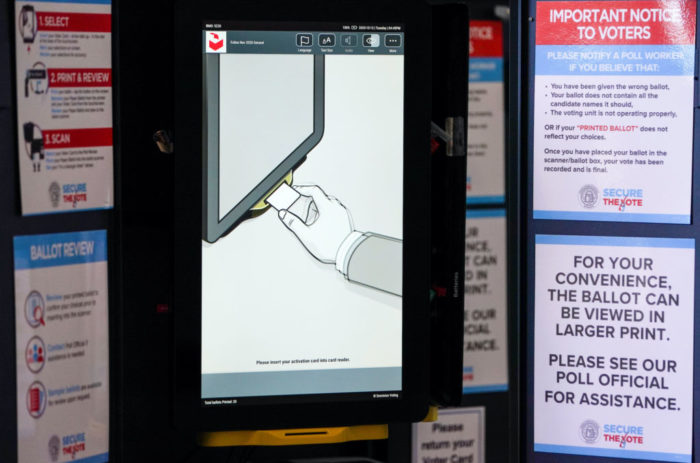redo Jump to...
print Print...
Directions
Read the excerpt below from Media Research Center's March 17th Media Reality Check found at MRC.org. Read "Types of Media Bias" in the right column. Then answer the questions.
(from the MRC.org post):
Five years ago this week, an international coalition of troops led by the U.S. invaded Iraq, overthrowing Saddam Hussein’s tyrannical dictatorship in just three weeks. Since then, Iraqis have voted in free democratic elections to seat a representative parliament; Saddam and several of his henchmen have been tried and convicted in public war crimes trials; and a bloody insurgency fomented by al Qaeda in Iraq is in retreat after a surge of U.S. troops and a shift to more aggressive counter-insurgency tactics.
Analysts at the Media Research Center have studied TV news coverage of the Iraq war from the beginning, even before the first bombs fell on Baghdad in March 2003. The record shows the networks have trumpeted bad news – setbacks for the U.S. coalition and allegations of misdeeds by American troops – while minimizing good news such as the success of the 2007 troop surge and acts of heroism by U.S. soldiers.
- Pre-War Opponents. Contrary to prevailing liberal mythology, all three networks (especially ABC) tilted their pre-war news in favor of Bush administration opponents. Covering the congressional debate over using force, for example, the networks gave a majority of soundbites (59%) to the losing anti-war side. Reporters also sanitized the “peace” movement, masking the radical affiliations of left-wing organizers while showcasing more sympathetic “middle class” demonstrators.
- Combat Coverage. Soon after coalition troops liberated Iraq, MRC reviewers awarded decent grades to most of the TV networks, praising the fine, factual reports presented by the embedded journalists who rode along with U.S. troops. But poor marks went to TV reporters stationed in Baghdad, who often passed along the enemy’s unverified propaganda. Worst of all was MSNBC’s Peter Arnett, who reported lies about U.S. use of “cluster bombs” against Iraqi civilians. Arnett was later fired for denouncing the U.S. in a Saddam propaganda video.
- Hyping Misdeeds, Hiding Heroes. In less than two weeks during the spring of 2004, NBC alone pumped out 58 stories on the Abu Ghraib prison abuse story, but in the preceding year devoted only five stories to the discovery of mass graves of Saddam’s victims. In 2006, the networks jumped on unproved charges of a Marine “massacre” at Haditha, with more than 200 minutes of coverage in three weeks. During the preceding five years, those networks gave just 52 minutes to the stories of America’s highest-decorated soldiers in the war on terror.
- Mostly Bad News. In 2005, Iraq was a mixed bag – historic democratic elections, but continued violence. But an MRC study showed the network coverage emphasized the bad news. Out of 1,712 evening news stories, the lion’s share (848, or 61%) focused on U.S. casualties, bombings, kidnappings or political setbacks, compared to just 245 (14%) that reported positive developments. (The remainder were mixed or neutral.) An MRC study of cable news coverage in 2006 found that all three networks emphasized bad news, although the Fox News Channel aired nearly as many stories about coalition success in Iraq (81) as CNN (41) and MSNBC (47) combined.
- Little Time for Good News. The last six months have seen a massive reduction in insurgent attacks and U.S. casualties. But the three broadcast evening newscasts have shown little interest in the good news, with coverage dropping every month since September. (See chart at the bottom of the original posting at MRC.org.)
Go to MRC.org for the original posting.
To accurately identify different types of bias, you should be aware of the issues of the day, and the liberal and conservative perspectives on each issue.
Types of Media Bias:Questions
1. What three types of media bias does the excerpt below highlight?
2. Should there be more stories from Iraq now that security is improving? Explain your answer.
Scroll down to the bottom of the page for the answers.
Answers
1. The excerpt highlights bias by omission, story selection and spin.
2. Opinion question. Answers vary.



